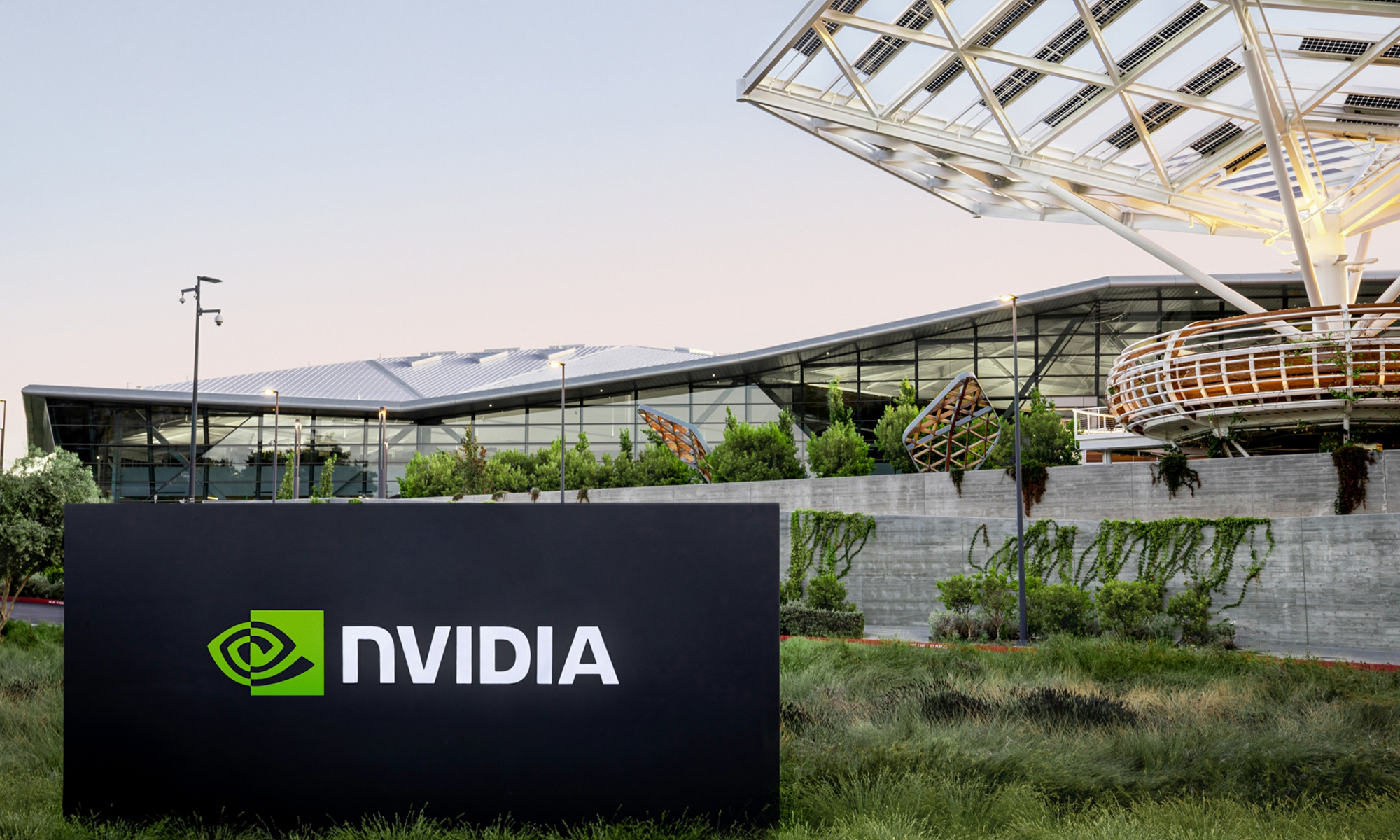For the past couple of months, we've been hearing that NVIDIA (Nasdaq: NVDA) scored a big design win back in 2009. Originally, we thought it was Microsoft (Nasdaq: MSFT) with its KIN One and KIN Two phones (aka the "Zune Phone"), but some of our sources told us it might be "the other M."
Then, stories of the DROID 2 phone being based off NVIDIA's Tegra 250 chip transpired. Given that Motorola (NYSE: MOT) used Texas Instruments (NYSE: TXN) with the DROID 1, this represents a second large cell phone manufacturer to show TI the finger and move to greener pastures -- Nokia opted for Intel and Qualcomm for its future phones.
Now, it looks like when the time came for Motorola to select its platform for devices coming out in late 2010, according to our sources, that platform was chosen to be based on Tegra 250 SoC (System-On-Chip), which is a massive win for NVIDIA.
This is not the first time the two companies have worked together. After the AMD and ATI tie-up and shaky future of Imageon processors (a division which AMD indeed sold to Broadcom, now part of Qualcomm), Motorola shipped RAZR phones with the NVIDIA GoForce 4800 chip.
The Tegra 250-based devices in question are DROID 2 (North America) i.e., MILESTONE 2 (in rest of the world) and very interestingly, tablets. Yep, Motorola is coming in the tablet business and plans to utilize Android and Chrome OS to their fullest potential. We heard of some changes, but at present we cannot confirm nor deny what Motorola is doing in the operating system space. All we know is -- Google (Nasdaq: GOOG), Google, Google. This also explains what we stated in the past, which is now getting confirmed by statements made by executives from HTC, Motorola, NVIDIA, Qualcomm and many more. Android picked up steam for Google, and with massive investments made by these companies, the time when Google will dominate the handheld space is just the matter of time. We'll leave you to conclude is that good or bad?
What can Motorola DROID 2 have? For starters, it can feature a TV-out with HDMI 1.3 connector, capable of 1080p video playback. Secondly, you should be able to record 1080p video at 25fps, given that Tegra 250 supports 12 MPixel cameras with imaging features such as Auto White Balance (AWB), Auto Focus (AF), Auto Exposure (AE) and many more.
Given Motorola's run of luck of late, the company definitely needed to do a step up and offer products more potent than their competitors.
More from The Bright Side of News*:










